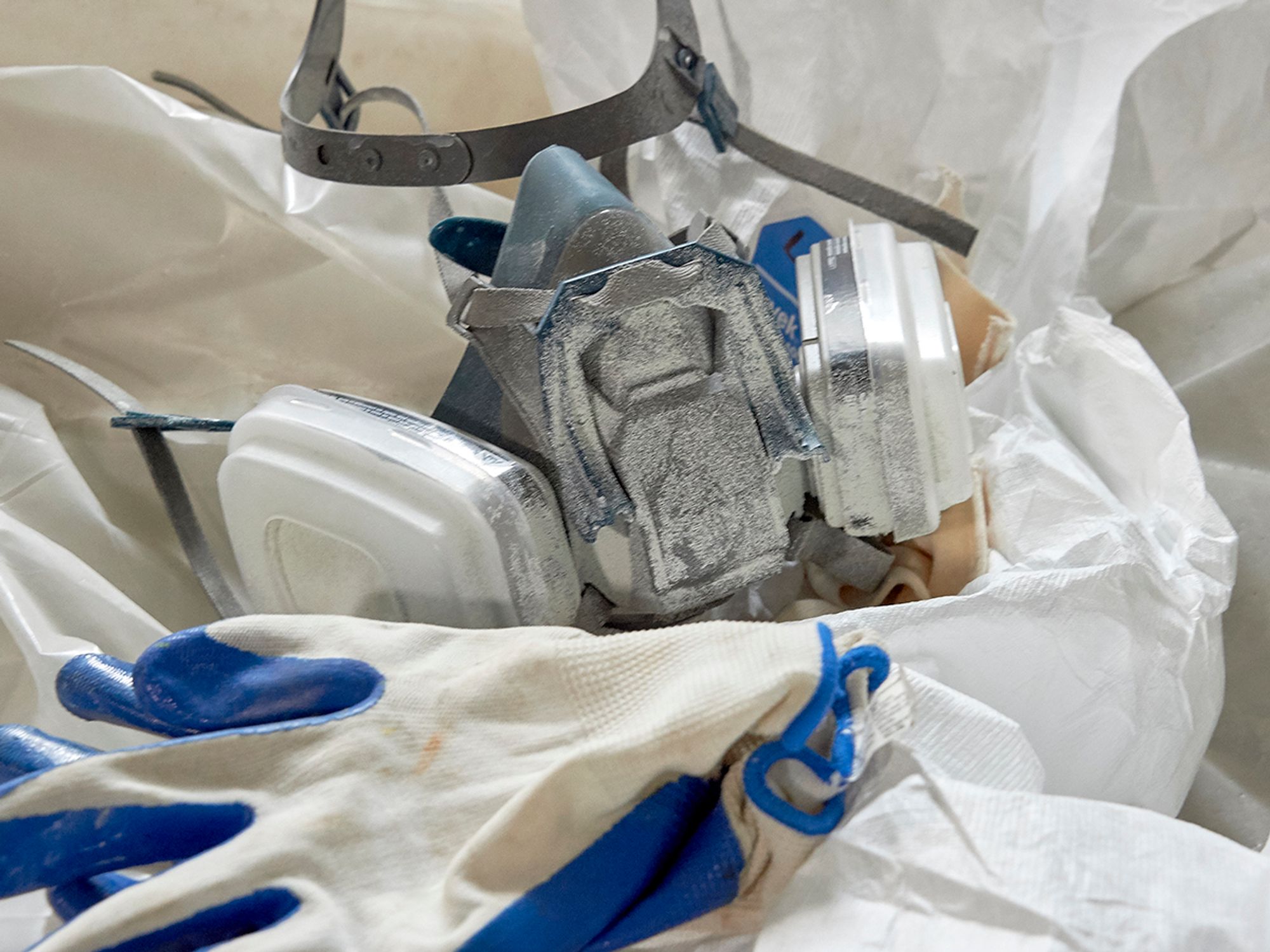Protections

- The OSHA standard that regulates acrylonitrile is 1910.1045.
- The permissible exposure limit is two parts per million parts of air as an eight-hour TWA.
Occupational Safety and Health Administration (OSHA) regulations that limit employee exposure to acrylonitrile are found at 1910.1045. The permissible exposure limit (PEL) is two parts per million parts of air (ppm) as an eight-hour time-weighted average (TWA).
Administrative or engineering controls must first be determined and implemented whenever feasible. When these controls are not feasible to achieve full compliance, protective equipment or any other protective measures must be used to keep the exposure of employees to air contaminants within the limits prescribed in the regulation. Any equipment and/or technical measures used for this purpose must be approved for each particular use by a competent industrial hygienist or other technically qualified person.
PPE includes protective gloves and clothing, safety goggles or other effective eye protection, and respiratory protection. Employees should not be allowed to eat, drink, or smoke while working around acrylonitrile.
Referencing manufacturers’ safety data sheets (SDSs) for products or materials is essential for determining the properties, safe handling, use, storage, toxicology, and emergency response procedures. PPE requirements are also outlined in SDSs.
